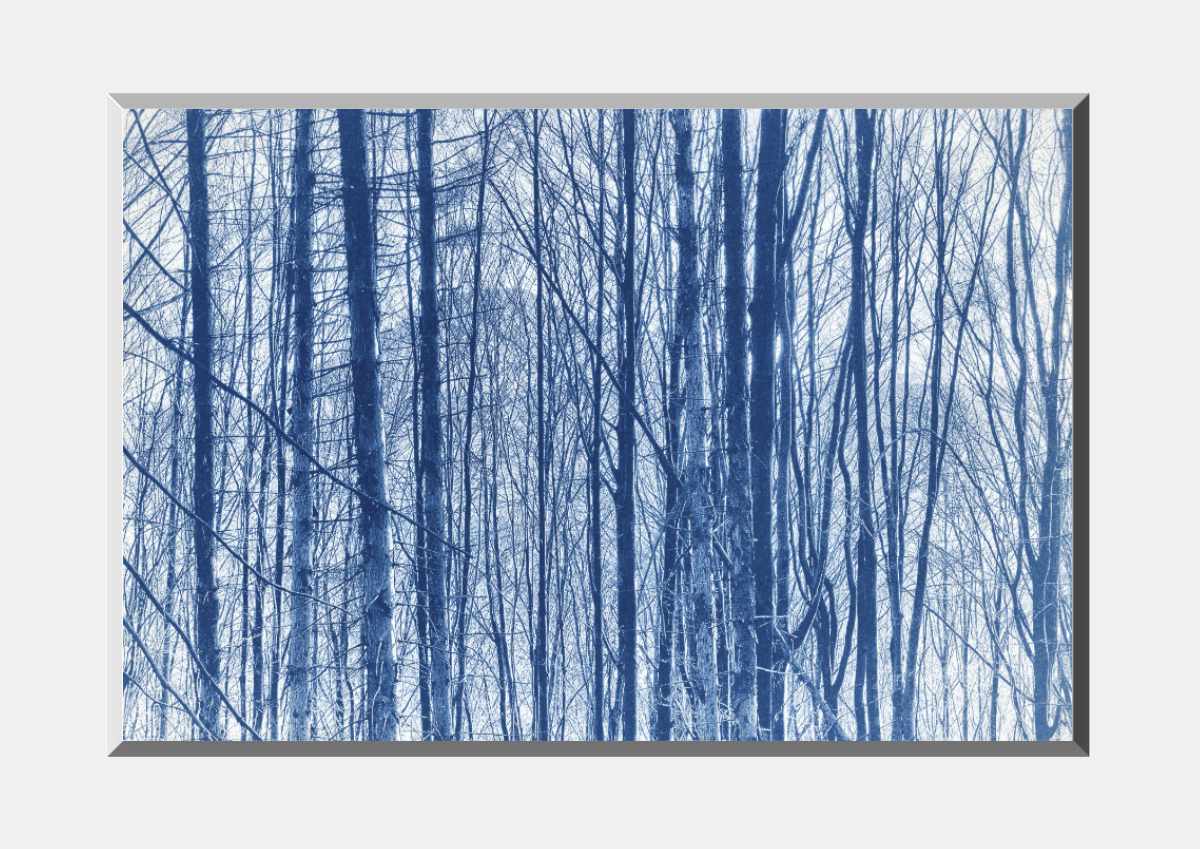
Paranormal Photography
True Photographic Art
It was discovered in 1842 by British astronomer John Herschel (1792-1871) three years after the discovery of the photograph. John Herschel declared it a public patent. Initially, it was used in addition to art to copy technical drawings, tables and contact copies from the negatives of the collodion process. Photographer Anna Atkins illustrated her books on kelp in 1843 with cyanotypia. It was the first book with photographic illustrations ever, and cyanotypia was performed in both pictures and text. The pictures depicted cottages and cottages.
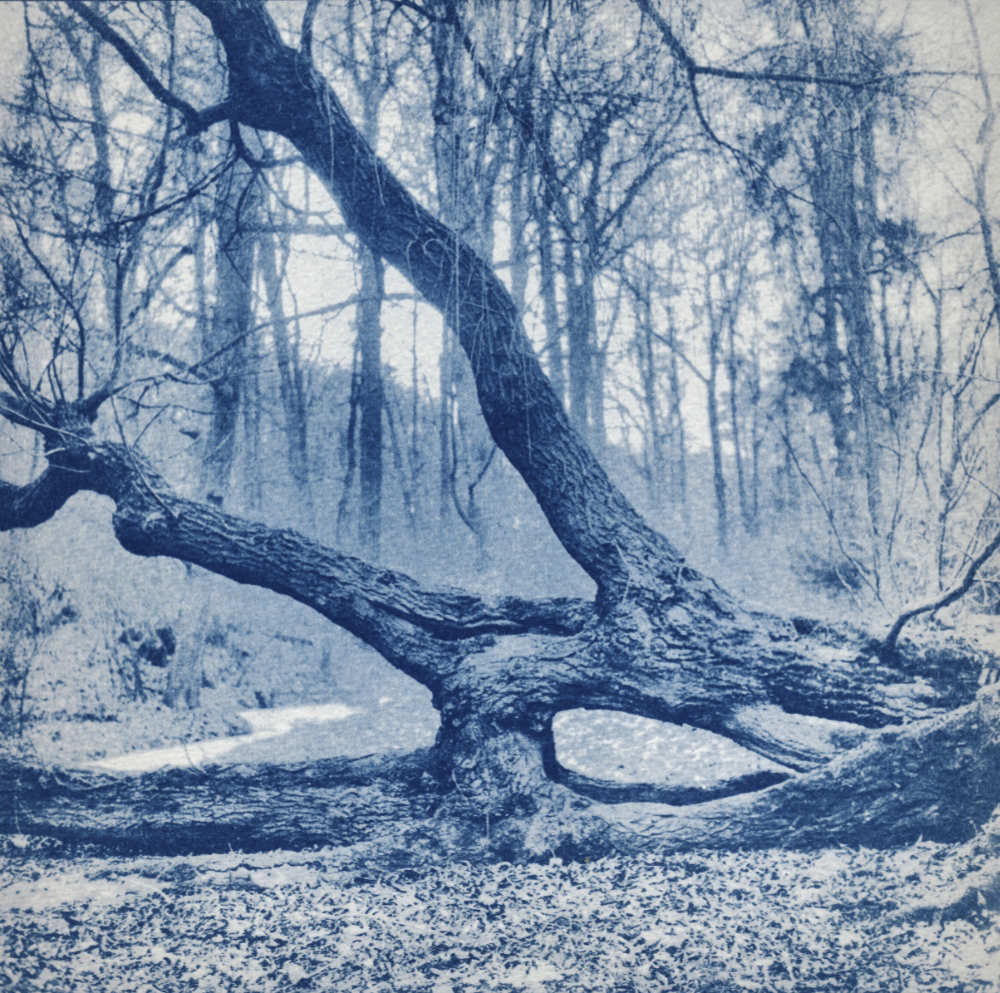
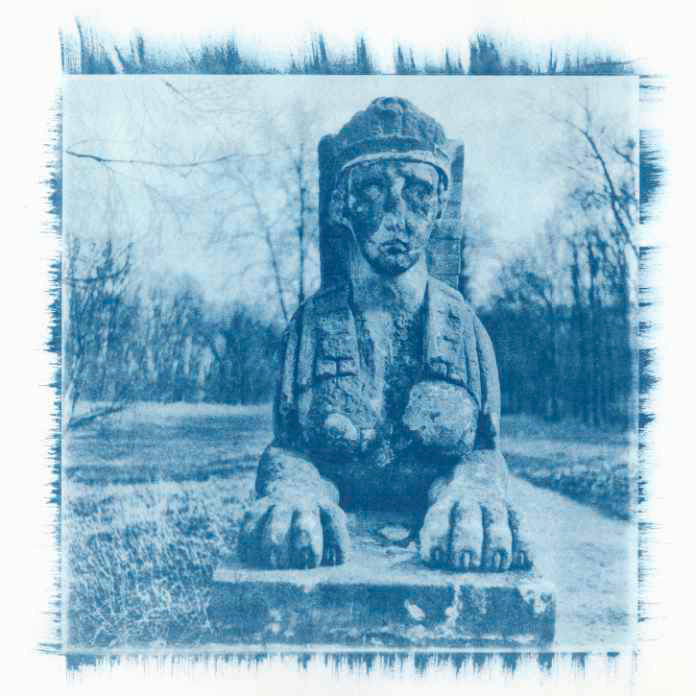
Cyanotype works on the principle of sensitivity of iron salts to light. The UV wipe contained in daylight reduces the ferrous ioints listed by the salts to ferrous. By reducing the salts, the shades of blue will be Turnbull blue (iron hexacynoferric iron) and Berlin blue (iron hexakynoferric iron). Cyanotype is a very durable technique, more durable than conventional photographs both on photo paper or digitally printed. The original cyanotype from the 1840s looks like a new one. Cyannotypia fades with time after long exposure to light. If we put the painting in the dark for a while, it will come back again. The fading is caused by the action of UV light reducing iron ions to iron ions, which are white. Putting it in the dark interrupts this reduction and starts the oxidation with airborne oxygen, which in turn oxidizes iron ions to iron, accompanied by the formation of a blue dye. Cyanotype must not come into contact with an alkaline environment with a pH above 7.5, when the image decomposes. Nor must the papers used be alkaline.
Cyanotype is a low-tech technique absolutely ideal for a beginner. It will offer instantly great results with minimal effort and cost, rewarding creators with a beautiful blue image. If you can master the technique, it can be toned with both fruit or plant dye or tea or coffee. The resulting image is very constant and the 1880s cyanotype is still legible. The image may fade in direct sunlight after an extended period of time. Never mind, just put it in a dark place and the original saturation will return shortly.
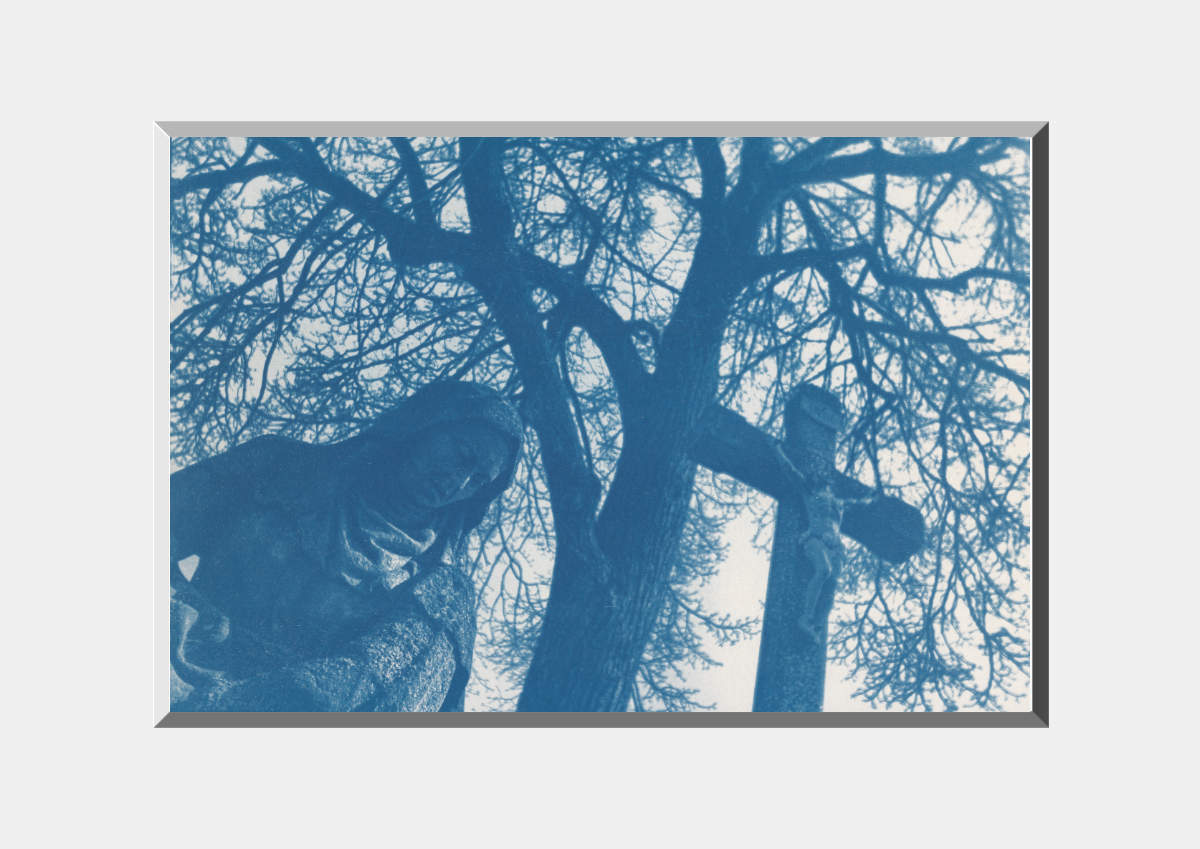
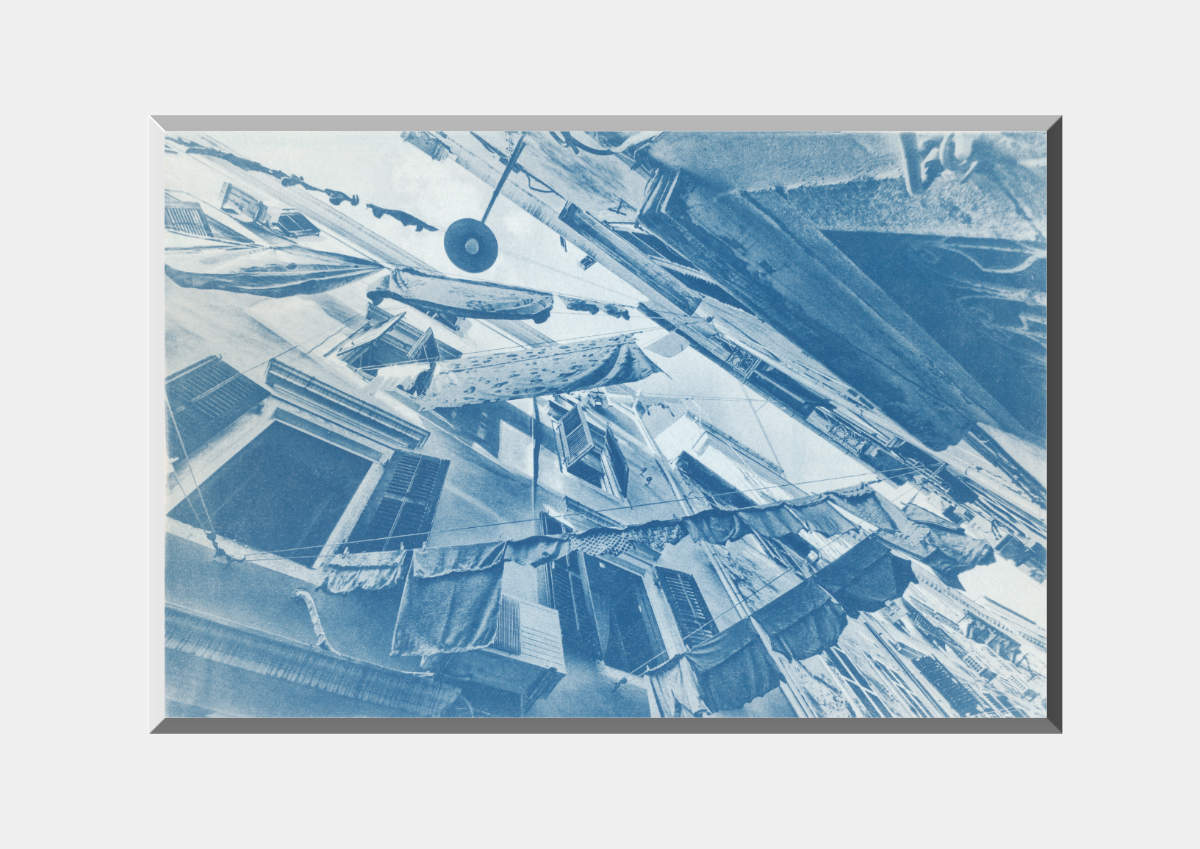
The cyannotypia's tone options are many and achieve brown, red, yellow, purple and yellow colours. Most tinting processes are carried out in two steps: - bleaching with alkali, e.g. sodium hydoxide - dye tinting Can also be toned in reverse, i.e. dyed first, then bleached. Bleaching solution:
Coloring solution - strong broth of tea, coffee or tannin 20g up to 1l of water After bleaching, the paper must be washed in water

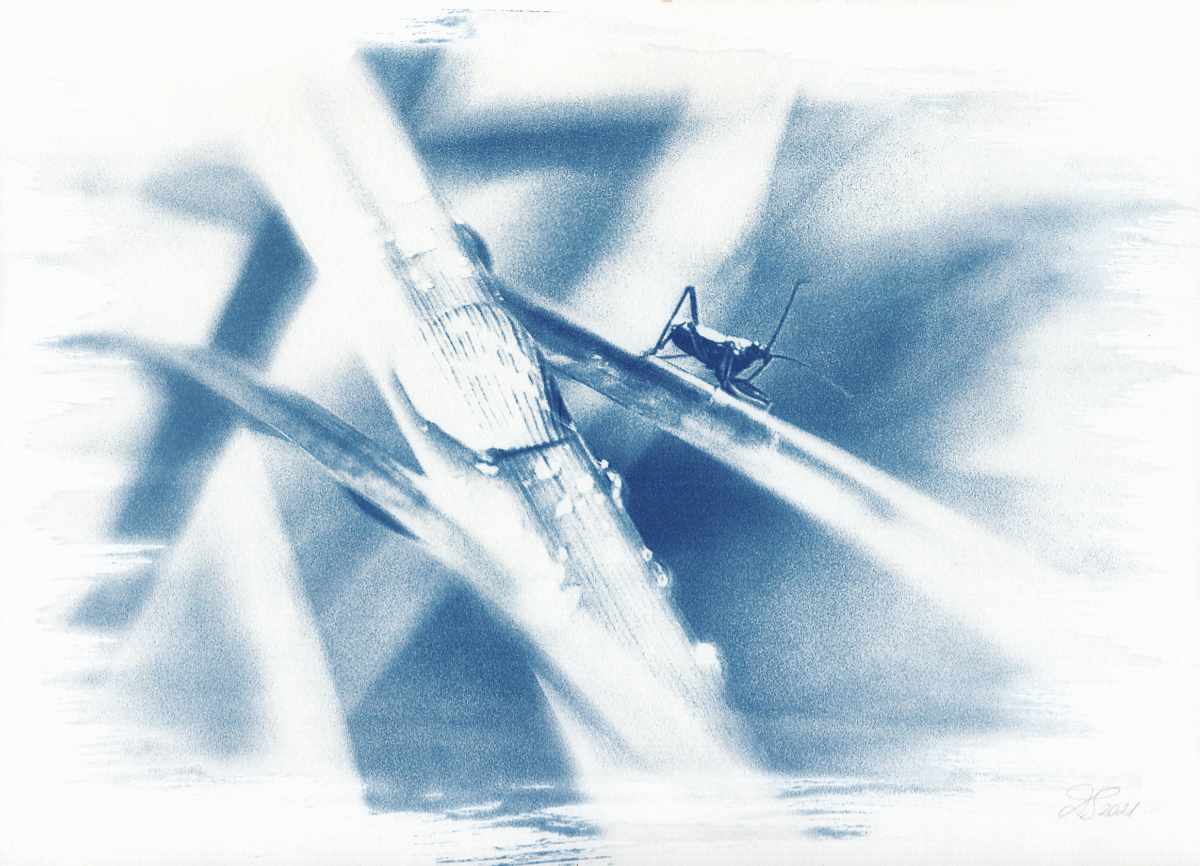
UV lamp for illumination of an image or strong sun
Solution A
Solution B
Just before use, mix a suitable solution A and B in equal proportions Solutions before use to allow at least 24 hours to mature, the older the solutions, the better the picture.
If the image is dark, it can be dimmed. To do this we take a solution of 0.5% - 1% sodium carbonate
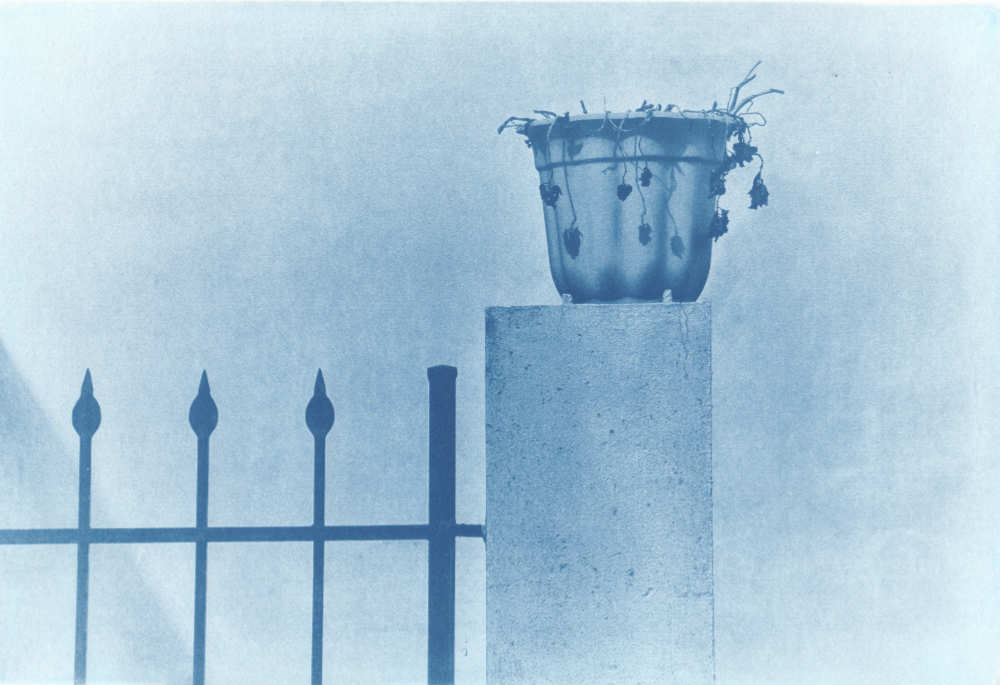
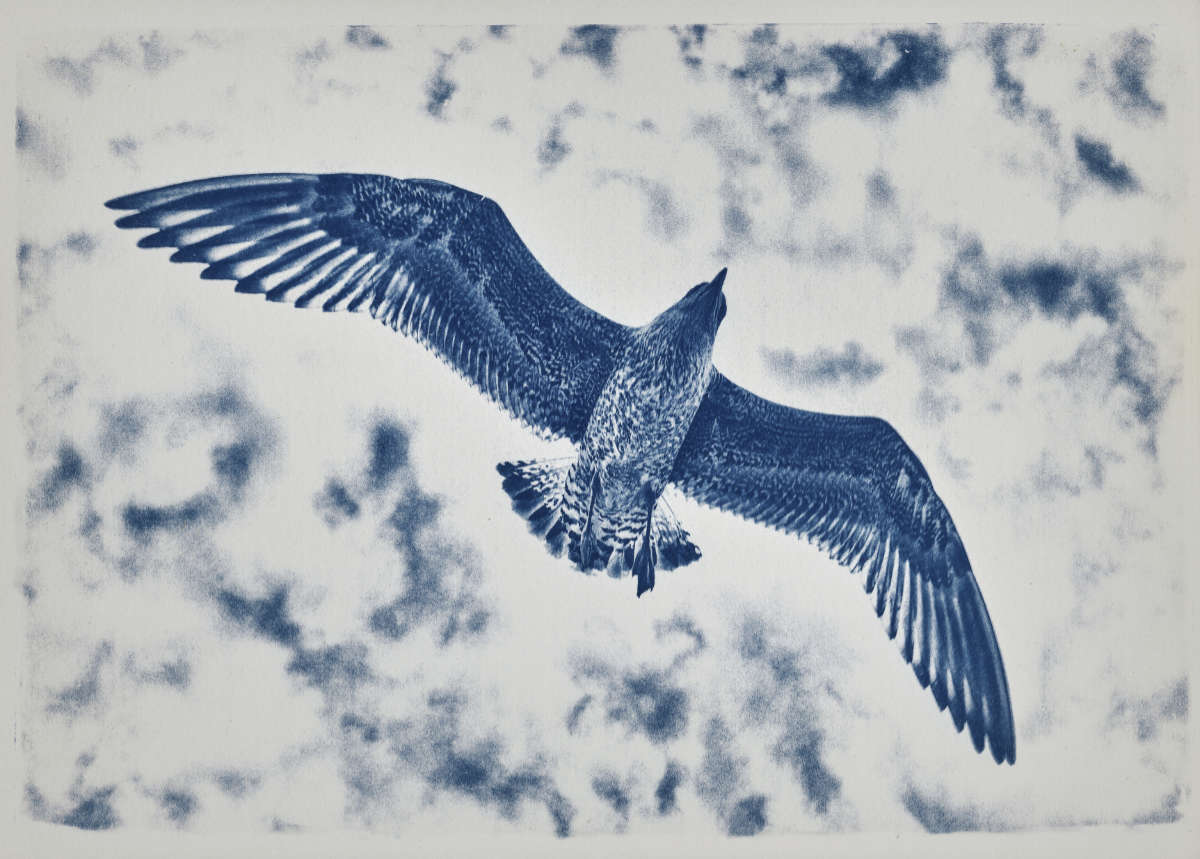
The following can be used as the source of the image:
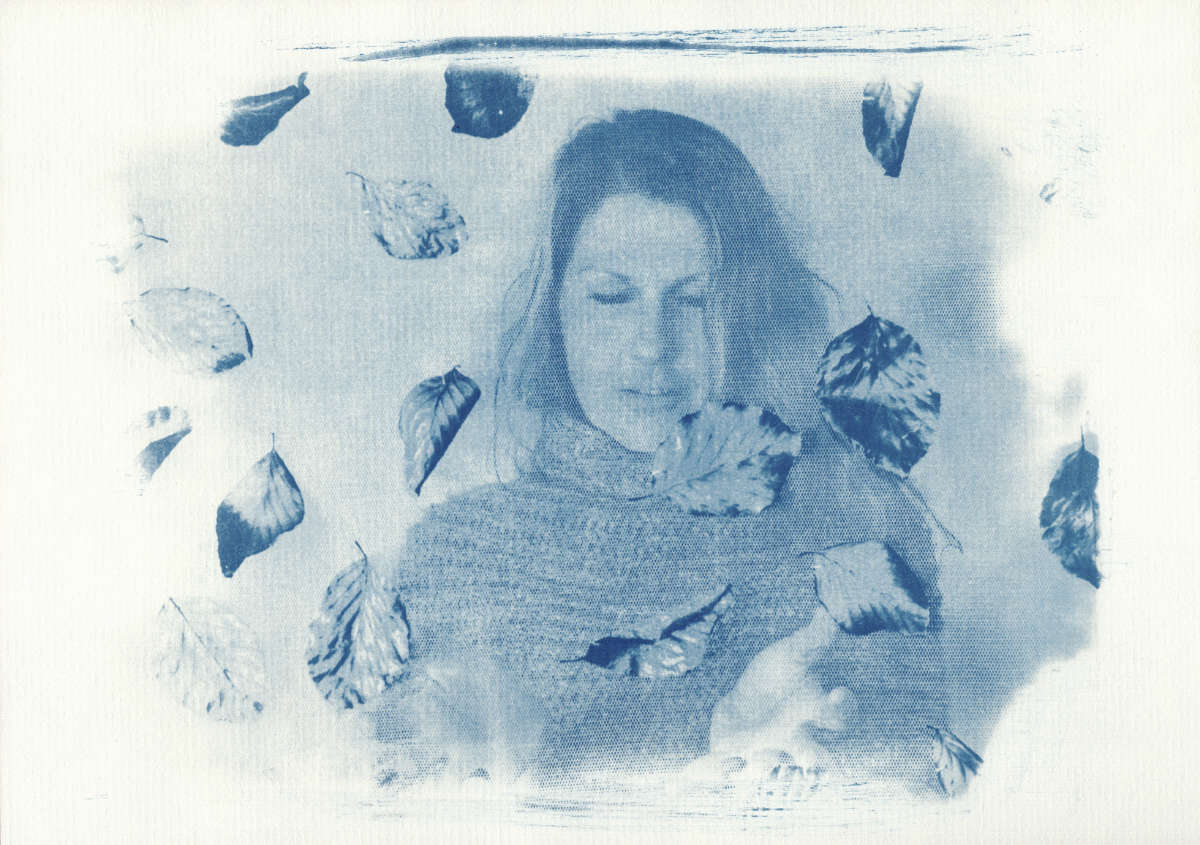
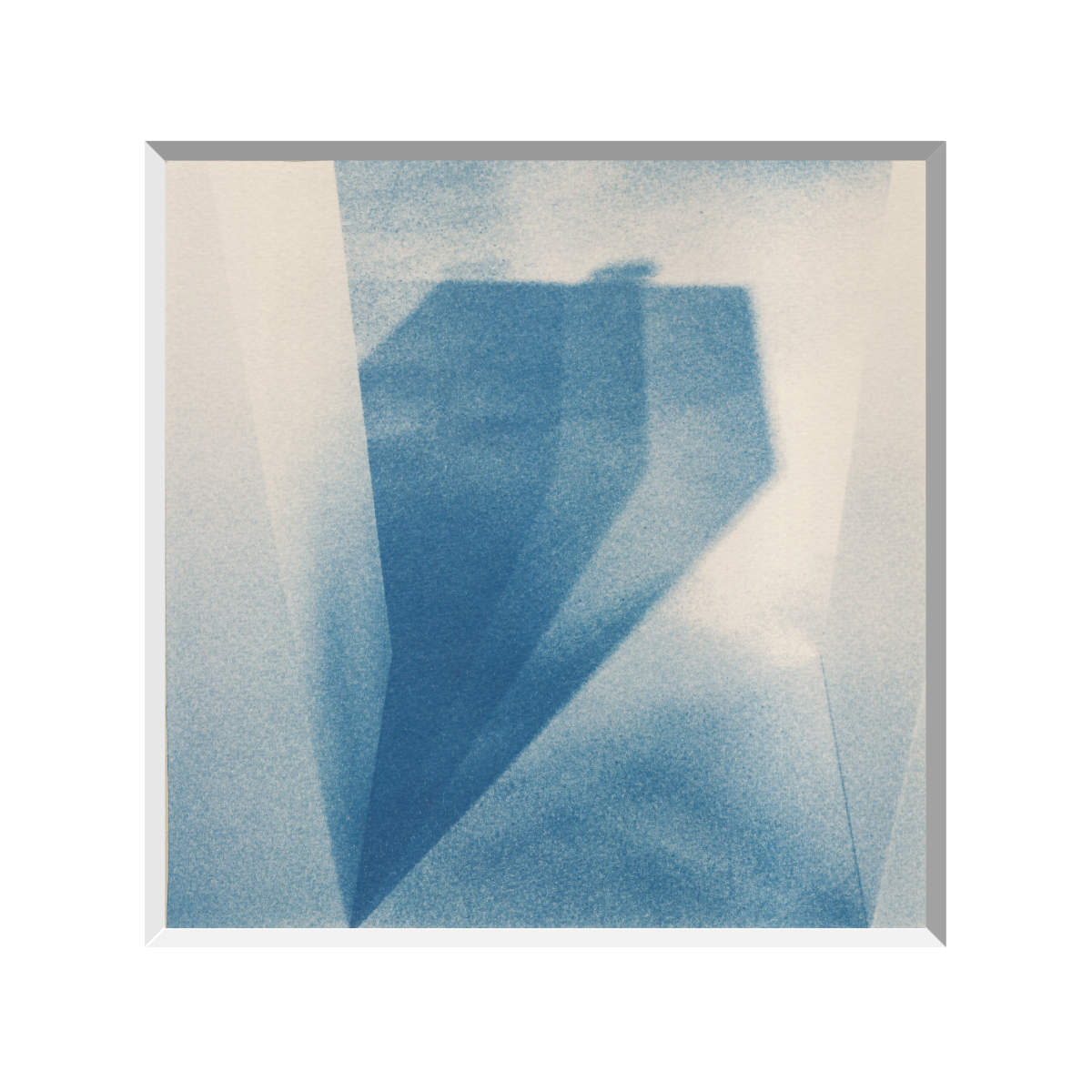
After the sensitive layer has dried, we move on to the image exposure
The length of image exposure depends on:
Processing a cyanotypical image is the simplest of all techniques, as it requires almost no chemistry and is sufficient with water
